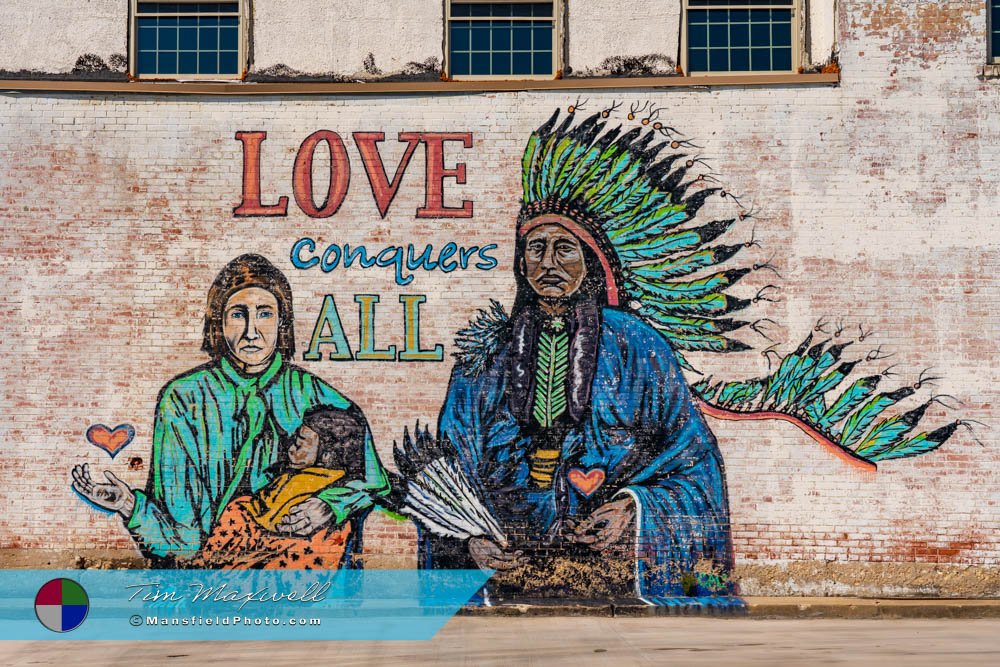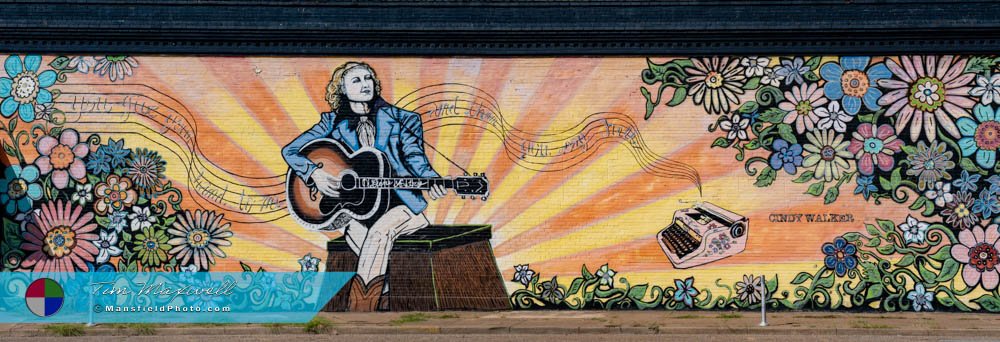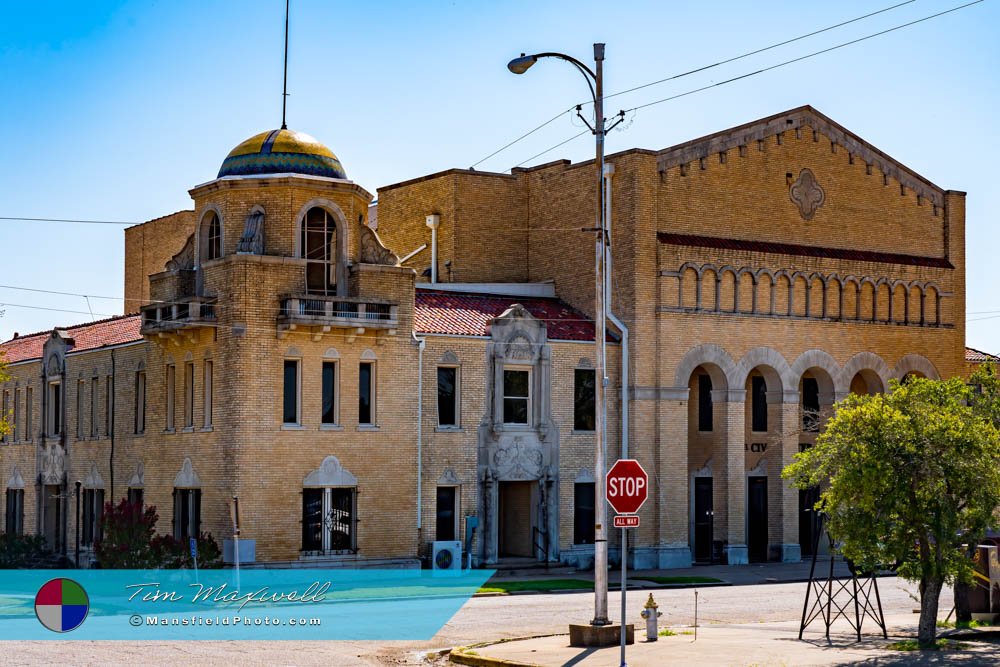Mansfield Photography
Mexia, Texas
– Love Conquers All.
Mexia, Texas, was named in honor of General José Antonio Mexía, a prominent Mexican army officer who supported Texas’ independence from Mexico in the 1830s. The Mexía family owned large tracts of land in the region, and their influence played a role in the naming of the town. Mexía himself was a notable figure in the early history of Texas, and his legacy lives on through the town that bears his name.
Early Settlement
The town was officially laid out in 1870 by a trustee of the Houston and Texas Central Townsite Company. The company began offering lots for sale in 1871, coinciding with the completion of the Houston and Texas Central Railway between Hearne and Groesbeck. The town was incorporated in 1873 on land donated by General Mexía’s son and daughter.
Historical Highlights
Its history is rich with notable events and developments. In the early 20th century, the town experienced a significant oil boom. The discovery of oil in 1920 led to a rapid population increase and economic growth. The Rogers No. 1 Well, located just west of the town, was a major contributor to this boom. Additionally, Mexia was home to the Mexia State School, which began as a prisoner of war camp during World War II.
“Love Conquers All” Mural
At Fort Parker, near present-day Mexia, Cynthia Ann Parker was kidnapped by a Comanche raiding party, known as the Fort Parker massacre, in 1836 when she was just nine years old. The Comanche, along with Kiowa and Caddo warriors, took several captives during the raid, but Cynthia Ann would become one of the most famous. She was adopted into the Comanche tribe, where she grew up fully assimilated into their culture. Renamed “Naduah,” meaning “Someone Found,” Cynthia Ann eventually married Comanche chief Peta Nocona and had three children, including the famous Comanche leader, Quanah Parker.
Cynthia Ann lived with the Comanche for 24 years, completely embracing their way of life. Despite numerous efforts by her biological family to find her, she was not recovered until 1860, when Texas Rangers attacked a Comanche camp and discovered her among the survivors. By this time, Cynthia Ann had spent most of her life with the Comanche and struggled to readjust to Anglo-American society. She longed for her Comanche family and is believed to have died of heartbreak in 1870. Her life story remains a symbol of the cultural complexities and tragedies of frontier life in Texas.
The Mural: On the left, Cynthia Ann is pictured holding her baby daughter, Prairie Flower. On the right is Chief Peta Nocona, wearing an eagle feather headdress.
The Downtown Area
Mexia’s downtown area is a charming blend of historical and modern elements. The architecture reflects the town’s rich history, with several buildings dating back to the late 19th and early 20th centuries. Visitors can explore local shops, dine at unique restaurants, and enjoy the small-town atmosphere.
Efforts have been made in recent years to preserve the historical integrity of the downtown district while also promoting its revival as a cultural and economic hub. The downtown area hosts various community events, including festivals and markets that draw both locals and visitors.
Interesting Facts
- Oil Boom: The 1920s oil boom had a transformative effect on the town. During this time, Mexia was home to one of the largest oil fields in Texas, leading to rapid population growth and significant economic development. The population peaked near 35,000 people.
- Celebrities: Mexia has been home to several notable figures, including Anna Nicole Smith, a famous American model and actress.
- Fort Parker: Just outside of town lies Old Fort Parker, a historic fort that played a significant role in early Texas history and is now a tourist attraction.
Present Day Mexia
Today, Mexia is a thriving community that embraces its rich history while looking toward the future. The town has a population of approximately 7,500 residents and continues to be a hub for agriculture, education, and small business.
While the oil boom days are long gone, the community retains a strong sense of pride in its heritage.
The town’s schools, parks, and community facilities serve as gathering places for residents, and local events bring the community together throughout the year. The preservation of historical landmarks, such as the Mexia Public Library and the downtown district, ensures that the town’s legacy is honored while creating a welcoming atmosphere for future generations.
📸 Interested in More Photos of This Town?
In conclusion, Mexia is a town steeped in history, with a vibrant community spirit that has carried it through the decades. Its blend of historical charm and modern vitality makes it a unique and inviting place to visit or call home.








